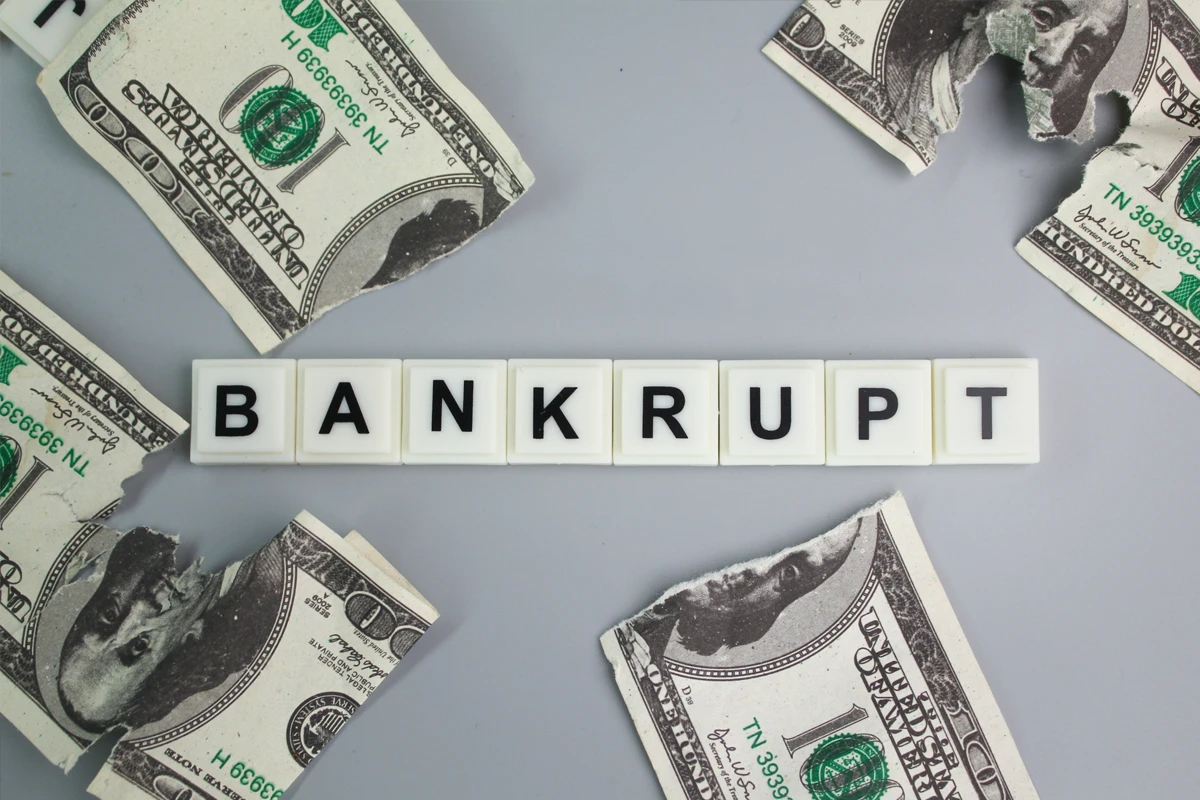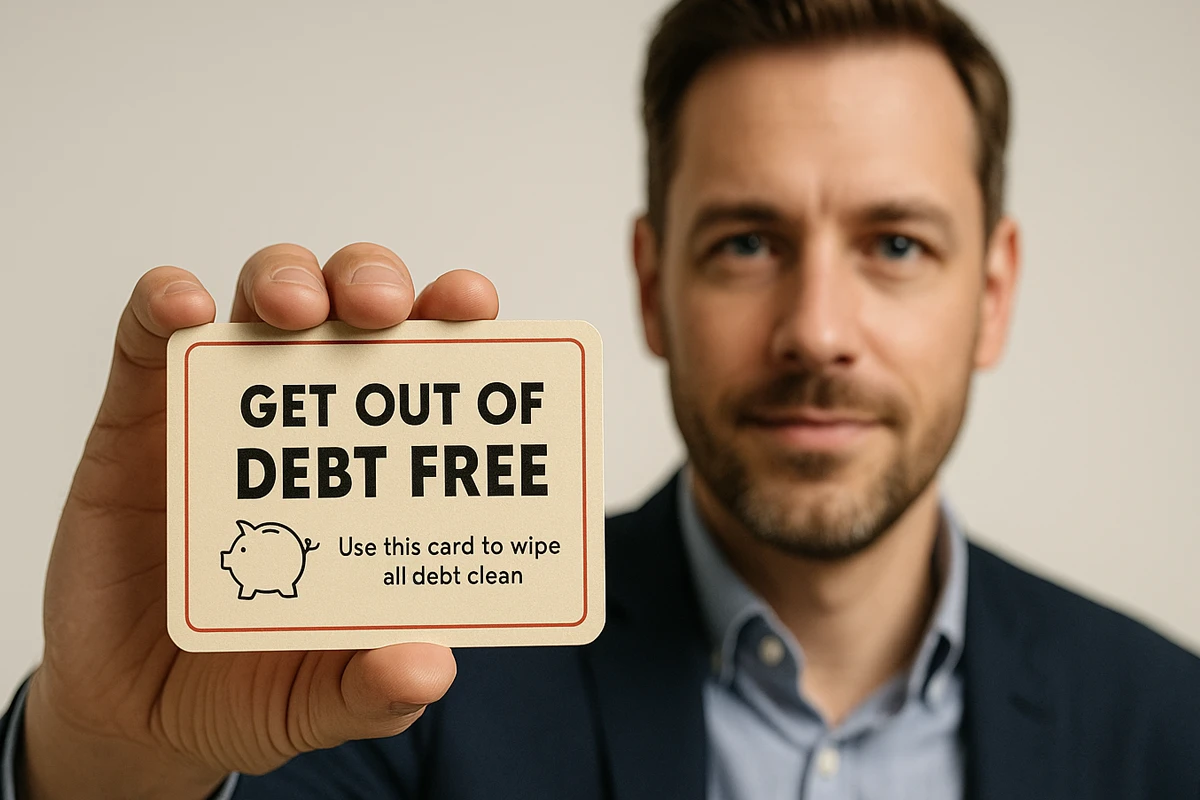Bankruptcy isn’t a magic “reset” button—it’s more like pulling the fire alarm: it stops the flames, but you still have smoke damage to fix. And no, yelling like Michael Scott—“I DECLARE BANKRUPTCY!”—doesn’t make your debts vanish. In real life, bankruptcy can halt collections and wipe out certain debts, but it also dents your credit, tightens housing options, and raises your cost of borrowing for years. Use it only when the numbers—not the panic—prove there’s no other realistic path in the next 3–5 years.
Bankruptcy 101

Two main flavors:
Chapter 7 (“liquidation”)
Speed: ~4–6 months.
How it works: A trustee can sell non-exempt stuff to pay creditors; most unsecured debts may be discharged.
You keep: “Exempt” essentials (varies by state: some equity in a car/home, basic household goods, tools of trade).
Best for: Low income, few assets, mostly credit cards/medical bills.
Chapter 13 (“wage earner plan”)
Speed: 3–5 year repayment plan; remaining eligible balances can be discharged at the end.
How it works: You make one court-approved monthly payment; you usually keep more assets.
Best for: Steady income, behind on mortgage/car, too many assets for Ch. 7, or you need time to catch up.
The instant brake pedal: “automatic stay.”
The moment you file, most collections, lawsuits, repossessions, and wage garnishments must pause. It’s a legal time-out while the court sorts things out.
Eligibility & quick checks
Means test: Determines if you qualify for Ch. 7 based on income vs. state median and allowable expenses.
Recent activity matters: Big cash advances or luxury charges right before filing can get challenged.
Co-signers: Your filing protects you, not necessarily them (Ch. 13 offers more co-debtor protection than Ch. 7).
What to expect, step by step
Mandatory credit counseling → 2) File petition & schedules → 3) Automatic stay begins → 4) 341 meeting with trustee (no judge, short Q&A) → 5) Either discharge (Ch. 7) or plan confirmation (Ch. 13).
Takeaway
Chapter 7 is a fast reset if your income/assets are limited; Chapter 13 is a structured timeout that lets you keep more and catch up. Both give you breathing room via the automatic stay—but they don’t erase every type of debt or consequence (that’s next).
What It Won’t Erase (Reality Check)

Some debts almost never go away
Child support & alimony — always survive.
Most student loans — only dischargeable if you prove “undue hardship” (rare, requires a separate process).
Fines, court fees, and criminal restitution — stick with you.
Recent taxes — many income taxes within the last ~3 years won’t go away; payroll/withholding taxes never do.
Secured debts still have teeth
Discharging the loan doesn’t erase the lien. If you stop paying the mortgage or auto loan, the lender can still take the house/car.
Your choices are usually: keep & pay (reaffirm), redeem (pay lump sum), or surrender the collateral.
Debts that can be blocked from discharge
Fraud or false statements on credit applications.
Luxury purchases made shortly before filing and recent cash advances (creditors can challenge these).
Debts from willful or malicious injury; DUI-related injury claims.
Cosigners aren’t magically safe
Chapter 7: Your discharge doesn’t protect the cosigner.
Chapter 13: There’s a “co-debtor stay,” but it’s limited and can be lifted.
Quick tax note (high level)
Older income taxes can sometimes be discharged if they meet strict timing rules (filed on time, 3-year/2-year/240-day tests). Miss any rule? Likely nondischargeable.
Takeaway
Bankruptcy can wipe out a lot of unsecured debt (think credit cards/medical bills), but support, recent taxes, many student loans, fines, and liens survive. If it’s tied to an asset or born from bad behavior, assume it’s hard (or impossible) to erase.
The Real Costs

Credit + access
Credit reports: Ch. 7 stays up to 10 years; Ch. 13 about 7 years.
Borrowing: Higher rates, lower limits, more denials—especially for the first 24 months.
Mortgages/auto loans: You’ll face waiting periods and stricter underwriting before you’re “bankable” again.
Housing + insurance
Renting: Landlords screen credit; expect extra deposits or denials.
Insurance: Credit-based pricing can bump your premiums.
Employment + business
Jobs: Some employers (finance, security, fiduciary roles) run credit checks.
Entrepreneurship: Business credit and vendor terms tighten; you’ll prepay more and get worse net terms.
Opportunity cost
Every extra % in interest is money not compounding for you; expect slower wealth-building for a few years.
Takeaway
Bankruptcy may erase certain debts, but it replaces them with a credibility rehab period—costlier credit, fewer approvals, and more scrutiny across housing, insurance, and work. Plan for it and minimize the damage.
When It Does Make Sense & Alternatives

File only if the math forces you
3–5 Year Test: Even with a bare-bones budget + extra income, you can’t pay off unsecured debts within ~36–60 months.
Legal Pressure: Judgments, wage garnishments, or repossessions are imminent.
Asset Check: You have few non-exempt assets to lose in Chapter 7, or you need Chapter 13 to catch up on a house/car.
Debt Mix: Mostly unsecured (cards/medical/collections), not taxes/support/student loans that likely survive.
Try these first (often cheaper, quieter, faster)
Debt Management Plan (DMP): Nonprofit credit counselor negotiates lower APRs on cards; one payment; typical payoff 3–5 years.
Direct Negotiation: Ask issuers for hardship plans, interest reductions, fee reversals, or temporary forbearance.
Targeted Settlements: Lump-sum deals at a discount (watch 1099-C taxes; get everything in writing first).
Cash-Flow Triage: Cut fixed costs (insurance shop-around, housing, transport), sell unused assets, add a temp side income.
Refi/Consolidation (with guardrails): Only if it lowers your rate and shortens payoff—otherwise it’s debt musical chairs.
Behavioral Guardrails: Separate Needs/Wants/Savings accounts; auto-sweep to savings; freeze cards until balances are gone.
Takeaway
If alternatives can clear your debt inside five years, don’t file. If the numbers say you’re stuck—and courts are closing in—use bankruptcy strategically, with a plan to rebuild on day one.
The 12-Month Rebuild Playbook (If You File)

Goal
Become “bankable” again fast—clean reports, 3–4 positive tradelines, and real savings.
Months 1–2 — Stabilize & Seed Credit
Pull all three reports; dispute errors/inclusions that should be gone.
Open 1 secured card ($300–$1,000 limit) + 1 credit-builder loan (12 months).
Automate payments; keep utilization <10%; never carry a balance.
Months 3–4 — Add Depth
Add 2nd secured card or upgrade to an unsecured if offered.
Put only predictable bills on cards (phone, Netflix); pay in full, weekly.
Build a $500–$1,000 starter emergency fund.
Months 5–6 — Lower Costs, Prove Consistency
Shop insurance/utilities to cut premiums/deposits with your clean payment streak.
Set up sinking funds (car, medical, annual bills) to avoid new debt.
Target 3 on-time tradelines reporting for 6 straight months.
Months 7–9 — Expand Savings & Mix
Grow emergency fund to 1–3 months of expenses.
Consider a small installment loan you can repay early (only if it improves your mix).
Ask for credit line increases (no hard pull if possible) to drop utilization %.
Months 10–12 — Prepare for Big Underwriting
Kill any subprime fees; close only junk cards with annual fees (keep oldest lines open).
Clean up reports again; freeze credit at bureaus to block fraud.
If a car/mortgage is on the horizon, gather income docs and avoid new inquiries 90 days prior.
Forever Rules (so you never repeat this)
Pay in full every month; autopay minimums + manual paydown to $0.
Keep total utilization <10%; no single card >20%.
Review budget weekly; re-quote insurance annually; add one new income skill per quarter.
KPIs to track
12 on-time payments on each tradeline.
3–4 active accounts reporting, utilization <10%.
$3k–$10k in cash reserves (your number varies by expenses).
Debt-to-income trending down; no new collections, no late pays.
Conclusion – The Last Resort
Bankruptcy can stop the bleeding, but it’s not a cheat code—it trades some debts for years of higher scrutiny and slower wealth building. Use it only when the numbers fail the 3–5 year payoff test and legal pressure is closing in, after you’ve tried sane alternatives. If you file, start the 12-month rebuild on Day 1: seed clean tradelines, keep utilization under 10%, stack cash, and make 12 perfect payments. Do that, and this becomes a one-time reset—not a recurring episode. Want me to package the decision test + rebuild checklist into a downloadable for your readers?









